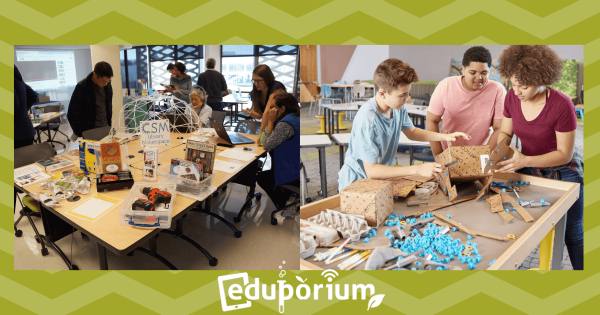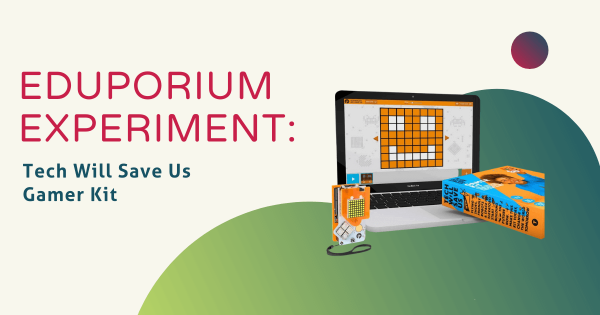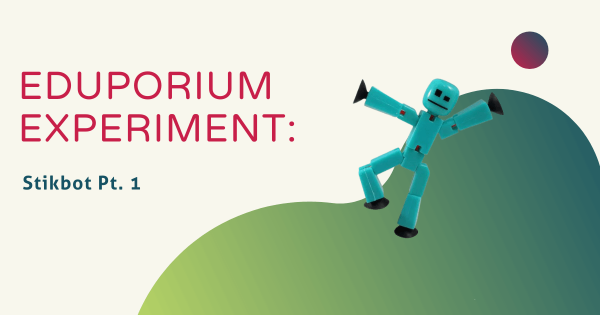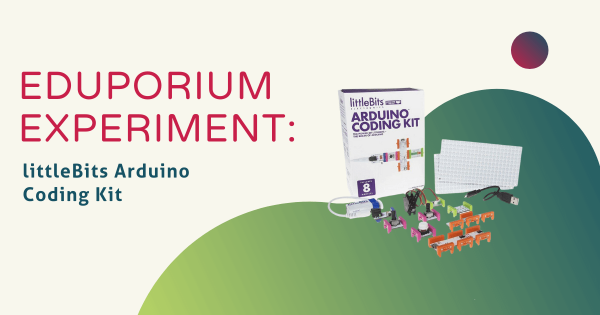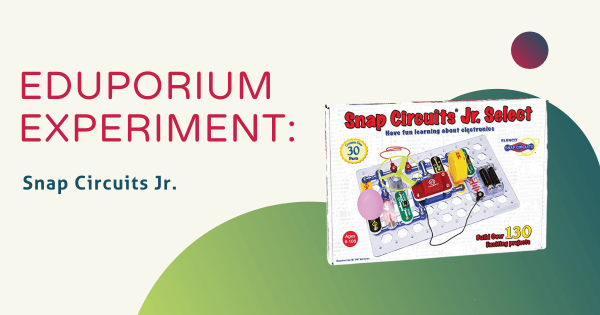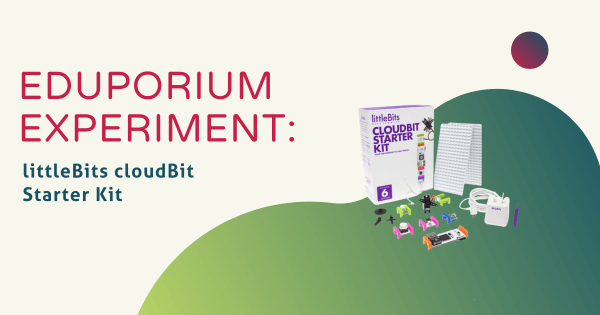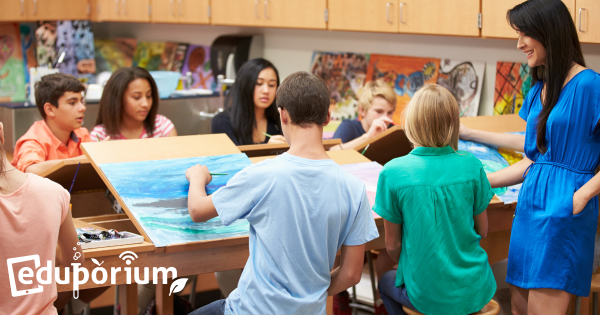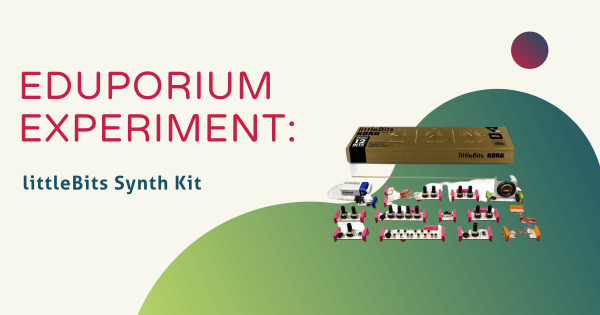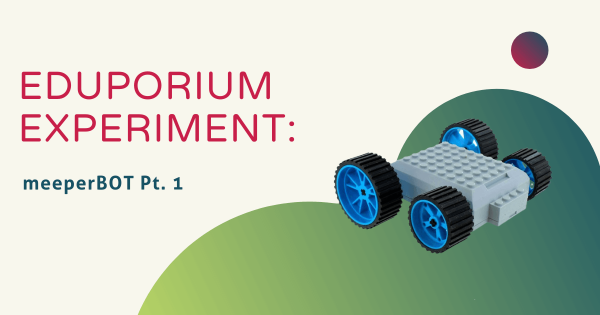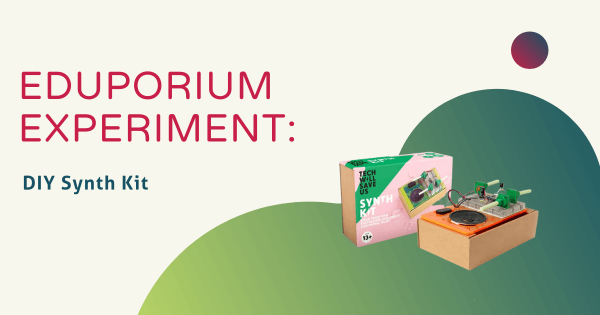These days, teachers and school leaders are doing a lot of repurposing of old tools and one of the biggest makeovers is occurring in school libraries. That’s not to say that school libraries have lost significance in 21st century education. They’re just starting to provide additional opportunities in STEM learning, specifically as makerspaces in schools.
STEAM
A broadened area branching out from STEM education, STEAM typically refers more to the creative side of things. STEM stands for Science, Technology, Engineering, and Math, which also happen to encompass some of the most prominent careers today. If we add an 'A' to make it STEAM, however, now we're incorporating art as well. Though not super closely related to science and technology on the surface, the arts may seem to be a strange element to add into STEM learning. With more opportunities to be creative, however, students can develop many of the key skills they'd need for success in a STEM career. STEAM learning encompasses many different areas—from artistic projects or makerspace endeavors to creatively solving problems. As kids try new, hands-on experiences, they also have more chances to activate inquiry and curiosity. And, these are two key drivers of learning and discovery.
Essentially, moving from STEM to STEAM involves adding extra creativity and opportunities for artistic freedom and exploration. Oftentimes, children will leverage various technologies in STEM or MakerEd projects but they can do even more. Tapping into the STEAM side of things, this gives them a chance to learn how thought-provoking questions and unique design elements can also come into play during their problem-solving processes. Educators could still encourage students to question things and connect problems to solutions—albeit with a more artistic lens. In STEAM projects, children often get to incorporate personalized details that illustrate some of their passions. And, while this self-expression is also important, it's how they authenticate these projects to the next degree that's truly valuable. Browse our STEAM content below for more insights and check out our store for all the tools you'll need.
-
Eduporium Experiment | Tech Will Save Us Gamer Kit
In a world in which making is a key factor in STEM education, the educational technology market is going above and beyond to supply the demand for computers and 3D printed gadgets. When students build with this kit, they can develop real engineering skills, design innovative devices, and code their own games using TWSU’s software. -
Eduporium Experiment | littleBits Arduino Coding Kit
Generally, when maker-minded teachers and learners hear ‘Arduino,’ they tend to think of high-level devices you build yourself, write the code for and then program it to execute whatever function it is designed to complete. If you’ve heard of littleBits, however, you know that these electronic building blocks define simplicity. -
Eduporium Experiment | Snap Circuits Jr.
Snap Circuits Jr., while not as pumped up as the larger Snap Circuits Kits, is a perfectly fine introduction to circuitry as well as the Snap Circuits system. It features 30 unique parts and a project guide that includes 133 of simple yet engaging child projects that encompass everything from alarm circuits to lights that illuminate. -
Eduporium Experiment | littleBits cloudBit Starter Kit
Kids these days pick up on technology fast—like, really fast. Thankfully, there are tools like the littleBits cloudBit Starter Kit that take the concepts they have learned from previous experiences and add a new twist. In this case, the cloudBit enables children to continue making, building and customizing classic littleBits projects, but with a brand new component. -
Eduporium Weekly | Making More In Makerspaces
Makerspaces have burst onto the scene in recent years and they are only becoming more popular as time passes, including in school environments. Perhaps because their benefits are so impactful or maybe because they’re super affordable and fun, makerspaces have helped spur a storm of STEM stimulation—for everyone from kids to teachers and even grandparents. -
Eduporium Experiment | littleBits Synth Kit
The littleBits Synth Kit offers students and teachers a unique way to combine play and learning in the intermediate years of education. For students in Grades 3-6, the Synth Kit helps them exhibit extra easy music creation while they simultaneously learn the ins and outs of circuitry through project-based play. -
Eduporium Experiment | meeperBOT Pt. 1
The meeperBOT is a portable, mobile and intuitive robot that kids can use to learn the basic concepts of programming and robotic behavior. With the meeperBOTS app, students as young as five years old, can control the meeperBOT with a simple, handheld, on-screen remote. Head inside to learn more about it. -
Eduporium Experiment | DIY Synth Kit
Want to make the next big hit? Kits can do that with ease using the DIY Synth Kit from Technology Will Save Us! With the Synth Kit, students 12 and up can design and build a real musical instrument and tinker to create awesome electronic sounds. The kit lets them plug various components into the breadboard and experiment with creating




